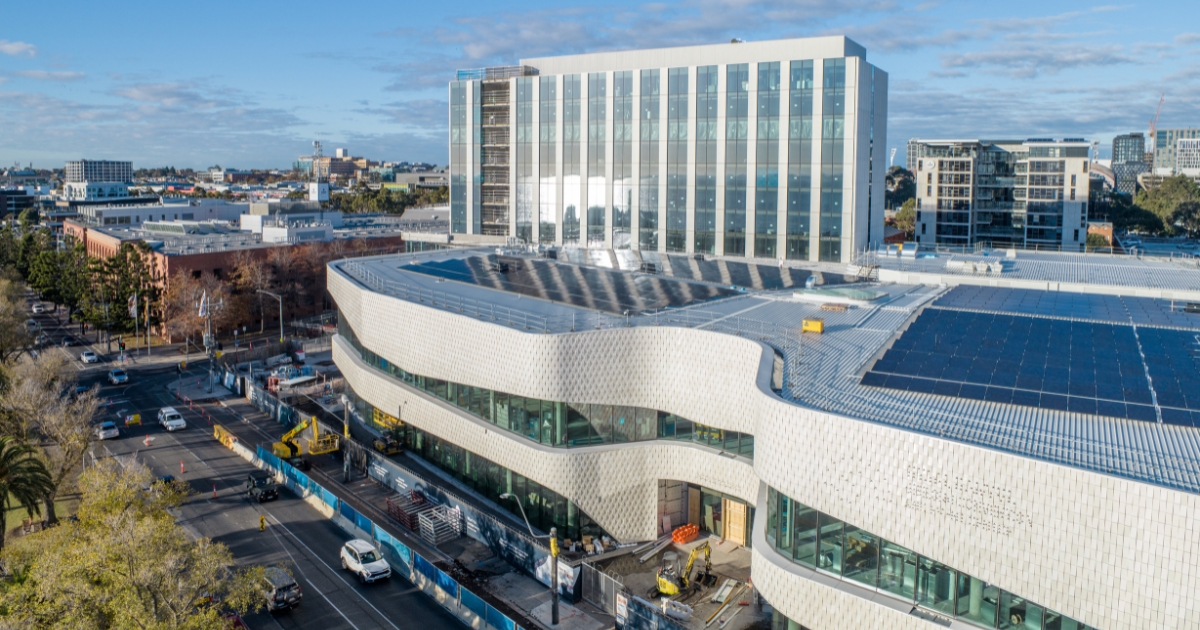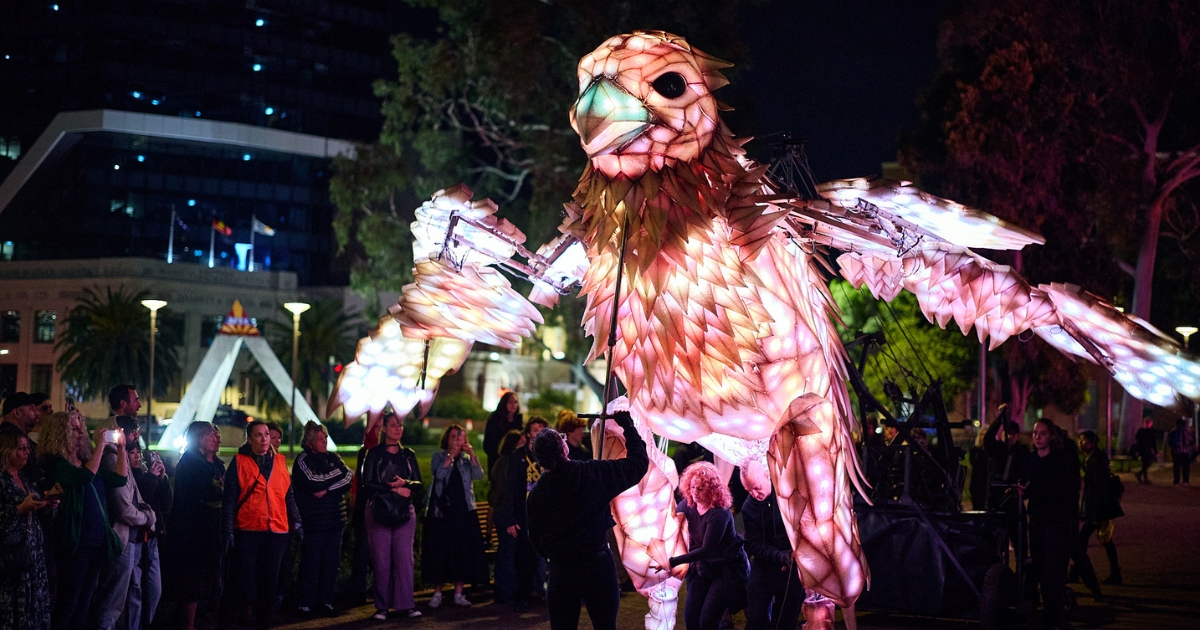Toppled Geelong transmission towers make Nats go nuclear

A collapsed transmission tower near Anakie on the outskirts of Geelong. INSET: Nationals leader David Littleproud. Photo: SUPPLIED
LEADER of the federal Nationals David Littleproud has used the collapse of six transmission towers near Geelong to argue for a National Energy Summit and a re-evaluation of nuclear power.
Last week’s power outage in Victoria, caused in part by the collapse of the towers in a storm, left 500,000 people without electricity.
Mr Littleproud criticised Australia’s existing energy policy, citing the fragility of the nation’s power grid and the risks associated with new transmission lines.
“If we don’t put all options on the table, we will be left with an extra 28,000km of new transmission lines, which, when there are storms, increases the risk of taking out more transmission lines, weakening our grid’s reliability,” Mr Littleproud said.
“That’s a lot of transmission lines to get such an enormous amount of renewable energy from the regions to the cities.
“If small scale nuclear plants were built where retiring coal fired power stations are now, you could minimise the need for new transmission lines, reducing the risk of these incidents.
“Why wouldn’t we use some common sense, not just in the generation of energy, but reducing the amount of transmission lines that we have, so we don’t have this crisis again in Victoria?”
Greens State Member for Western Victoria Sarah Mansfield said the government must ensure that we are better placed to prevent and respond to climate disasters in the future.
“We urgently need to transition to more microgrids and back-up systems for a climate resilient, one hundred per cent renewable energy network,” Ms Mansfield said.
“Delaying the switch from coal and gas to renewable energy will only mean worse storms and fires.
“Nuclear is just a distraction being put forward by those who fundamentally don’t support renewable energy – the time and cost alone mean that nuclear isn’t a viable option.”
CSIRO and the Australian Energy Market Operator annually release the GenCost report, detailing costs for generating electricity, storage, and hydrogen technologies.
CSIRO’s energy economist Paul Graham said the latest GenCost report, released for public consultation on December 21, 2023, confirmed renewables, especially onshore wind and solar PV, remained the cheapest
generation technologies.
“Plenty of other people have made the case against nuclear on the basis of issues such as a lack of social licence, or the challenges involved with location.
“Those issues are not unique to nuclear – but unlike other technologies, nuclear hasn’t had to go through siting or approval processes before in Australia.
“Taking all that into account, and knowing the longer it takes to build something the more likely it is that real costs will increase rather than decrease, it’s very clear that nuclear is going to find it very challenging to compete against renewables in Australia.”
The Albanese Labor Government continues to dismiss the Coalition’s promotion of small modular reactors (SMRs) as a solution for Australia’s energy needs.
Energy and Climate Change Minister Chris Bowen said last year that modelling from his department found replacing coal-fired power stations with SMRs would cost $387 billion.
On Tuesday this week, the Victorian government announced it would launch an independent review into the distribution system response to the storm, focusing on the operational arrangements and preparedness of energy distribution companies to respond such extreme weather events.

















